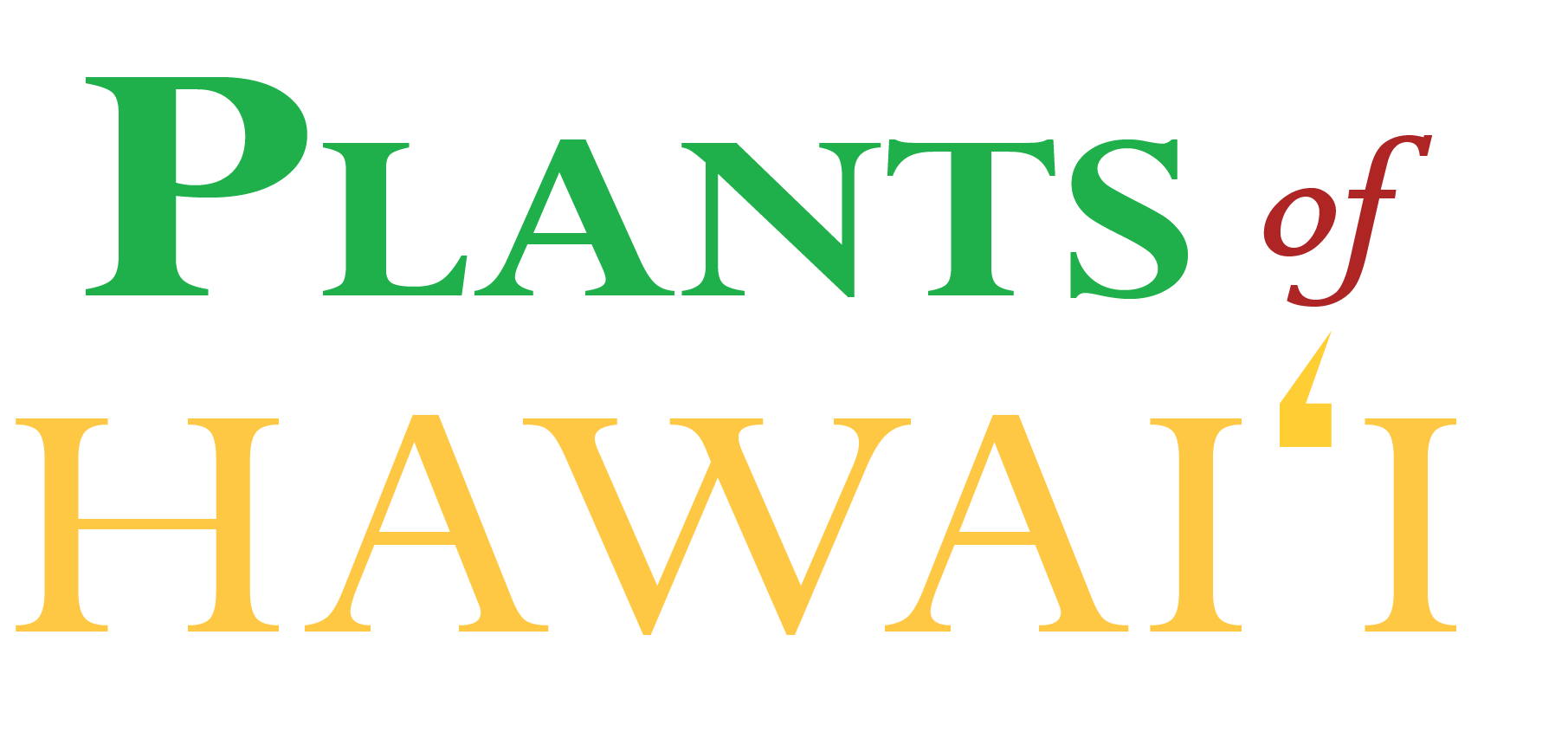
Key Characters:
Growth Form: Shrubs or small trees 2–8 m tall.
Stems: Bark pale gray, sap milky and somewhat watery, not abundant.
Roots:
Leaves: Leaves simple. Alternate, distichous. Blades narrowly lanceolate to oblong–lanceolate, oblong–elliptic, or sometimes ovate, (3.5–)6–13(–16.5) cm long, (2–)2.5–5(–6.5) cm wide. Surfaces puberulent, especially along veins, simple dark green on upper surface; lower surfaces paler, glossy, thin, chartaceous. Margins serrulate. Pinnately veined, upper surface glabrous, lower surface with yellowish raised veins. Petioles 0.3–1 cm long, puberulent, sometimes densely so. Stipules narrowly triangular, 2–4 mm long.
Flowers: Flowers in spikes; staminate spikes (2–)4–11 cm long, most flowers blooming nearly at the same time, peduncles 3–10 mm long, densely arachnoid puberulent; pistillate spikes 0.5–1(–2.5) cm long, peduncles 1–3 mm long. Flowers unisexual (plants nearly always dioecious, rarely monoecious); each staminate and pistillate flower whitish green. Calyx of staminate flowers with (3)4(5) sepals; sepals ovate, ca. 1–1.3 mm long, connate ca. ⅓ their length, puberulent, apex somewhat arachnoid pubescent, valvate. Calyx of pistillate flowers with 4 sepals; sepals ovate, ca. 1.5–2 mm long, puberulent, margins ciliate. Corolla (petals) absent. Stamens in staminate flowers 4; filaments 2–3 mm long, inflexed in bud; anthers reniform; staminodes absent in pistillate flowers. Ovary superior (pistillate flowers), green, asymmetrically ovoid, somewhat laterally compressed. Staminate flower pistillode ca. 0.5 mm long.
Fruit: Drupes 4–5 developing per spike; brownish purple; shiny; thinly fleshy; subglobose; laterally compressed; 8–11 mm long; mesocarp whitish; endocarp ligneous; 5–6 mm long; asymmetrical. Seeds large; subglobose; 4–12 mm long.
Ploidy: 2n = 28
Habitat: Mesic forest; sometimes in the upper portions of dry forest or drier portions of wet forest.
Elevation Range:
300–1,680 m.
Indigenous
IUCN:Least Concern
Laukahi: The Hawai'i Plant Conservation Network:Species of Conservation Importance
Name Published In: Taxon 70(5): 975 (2021)
Other References
Wagner et al. 1990:927 (K, O, Mo, L, M, H [as Streblus pendulinus]); Gardner et al. 2021:975 (COMBNOV, Syn. S. pendulinus = P. pendulina)
| SNo. | Scientific Name | Locality | Habitat | Basis of Record | Recorded By | Record Number | Island | Source | Date |
|---|

Lorem ipsum dolor sit amet, consectetur adipiscing elit, sed do eiusmod tempor incididunt ut labore et dolore magna aliqua. Ut enim ad minim veniam, quis nostrud exercitation ullamco laboris nisi ut aliquip ex ea commodo consequat. Duis aute irure dolor in reprehenderit in voluptate velit esse cillum dolore eu fugiat nulla pariatur. Excepteur sint occaecat cupidatat non proident, sunt in culpa qui officia deserunt mollit anim id est laborum.

Lorem ipsum dolor sit amet, consectetur adipiscing elit, sed do eiusmod tempor incididunt ut labore et dolore magna aliqua. Ut enim ad minim veniam, quis nostrud exercitation ullamco laboris nisi ut aliquip ex ea commodo consequat. Duis aute irure dolor in reprehenderit in voluptate velit esse cillum dolore eu fugiat nulla pariatur. Excepteur sint occaecat cupidatat non proident, sunt in culpa qui officia deserunt mollit anim id est laborum.

Lorem ipsum dolor sit amet, consectetur adipiscing elit, sed do eiusmod tempor incididunt ut labore et dolore magna aliqua. Ut enim ad minim veniam, quis nostrud exercitation ullamco laboris nisi ut aliquip ex ea commodo consequat. Duis aute irure dolor in reprehenderit in voluptate velit esse cillum dolore eu fugiat nulla pariatur. Excepteur sint occaecat cupidatat non proident, sunt in culpa qui officia deserunt mollit anim id est laborum.

Lorem ipsum dolor sit amet, consectetur adipiscing elit, sed do eiusmod tempor incididunt ut labore et dolore magna aliqua. Ut enim ad minim veniam, quis nostrud exercitation ullamco laboris nisi ut aliquip ex ea commodo consequat. Duis aute irure dolor in reprehenderit in voluptate velit esse cillum dolore eu fugiat nulla pariatur. Excepteur sint occaecat cupidatat non proident, sunt in culpa qui officia deserunt mollit anim id est laborum.

Lorem ipsum dolor sit amet, consectetur adipiscing elit, sed do eiusmod tempor incididunt ut labore et dolore magna aliqua. Ut enim ad minim veniam, quis nostrud exercitation ullamco laboris nisi ut aliquip ex ea commodo consequat. Duis aute irure dolor in reprehenderit in voluptate velit esse cillum dolore eu fugiat nulla pariatur. Excepteur sint occaecat cupidatat non proident, sunt in culpa qui officia deserunt mollit anim id est laborum.

Lorem ipsum dolor sit amet, consectetur adipiscing elit, sed do eiusmod tempor incididunt ut labore et dolore magna aliqua. Ut enim ad minim veniam, quis nostrud exercitation ullamco laboris nisi ut aliquip ex ea commodo consequat. Duis aute irure dolor in reprehenderit in voluptate velit esse cillum dolore eu fugiat nulla pariatur. Excepteur sint occaecat cupidatat non proident, sunt in culpa qui officia deserunt mollit anim id est laborum.
Thank you for your interest in submitting an image of
Select your image and leave a brief description of your photo below.


